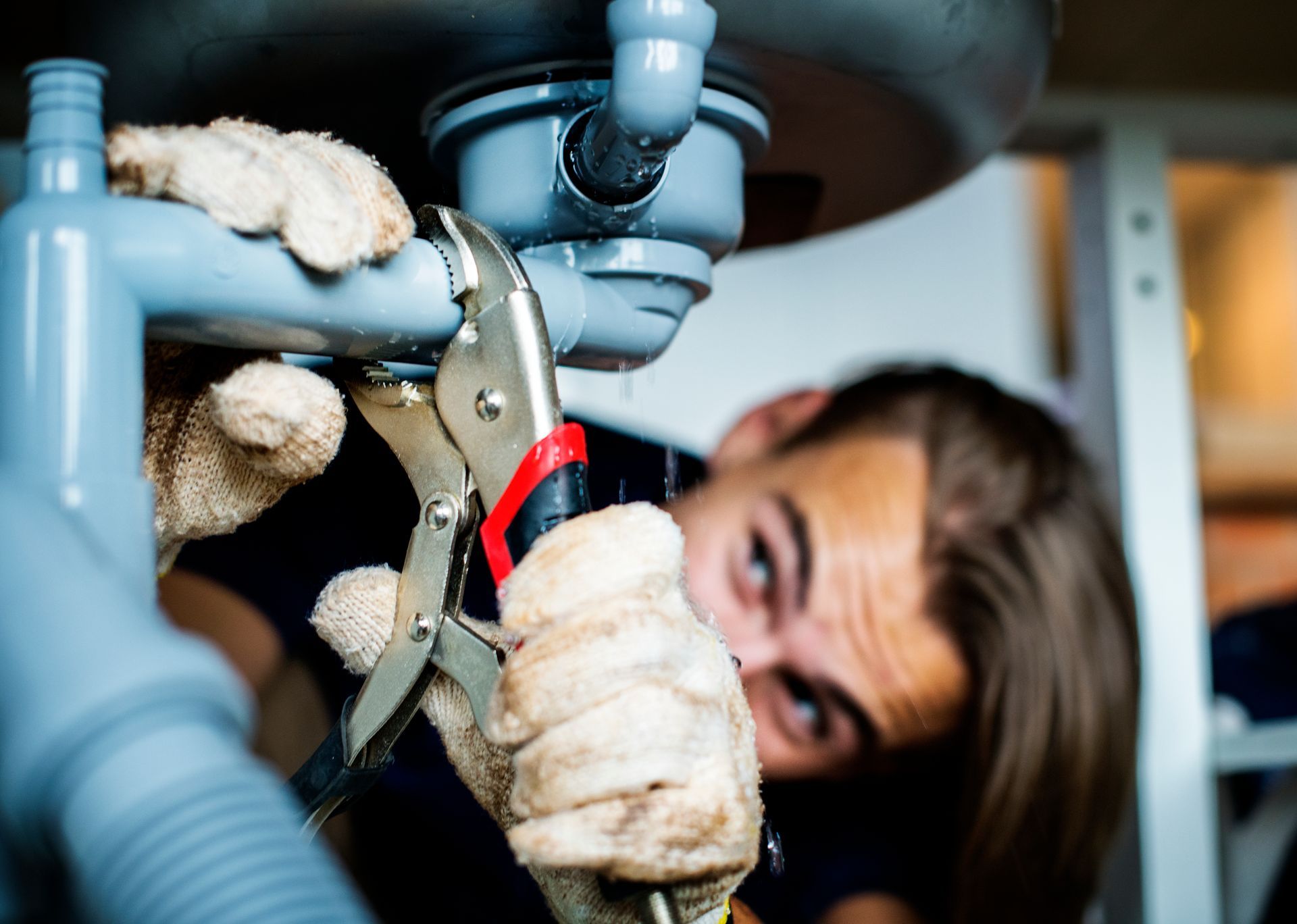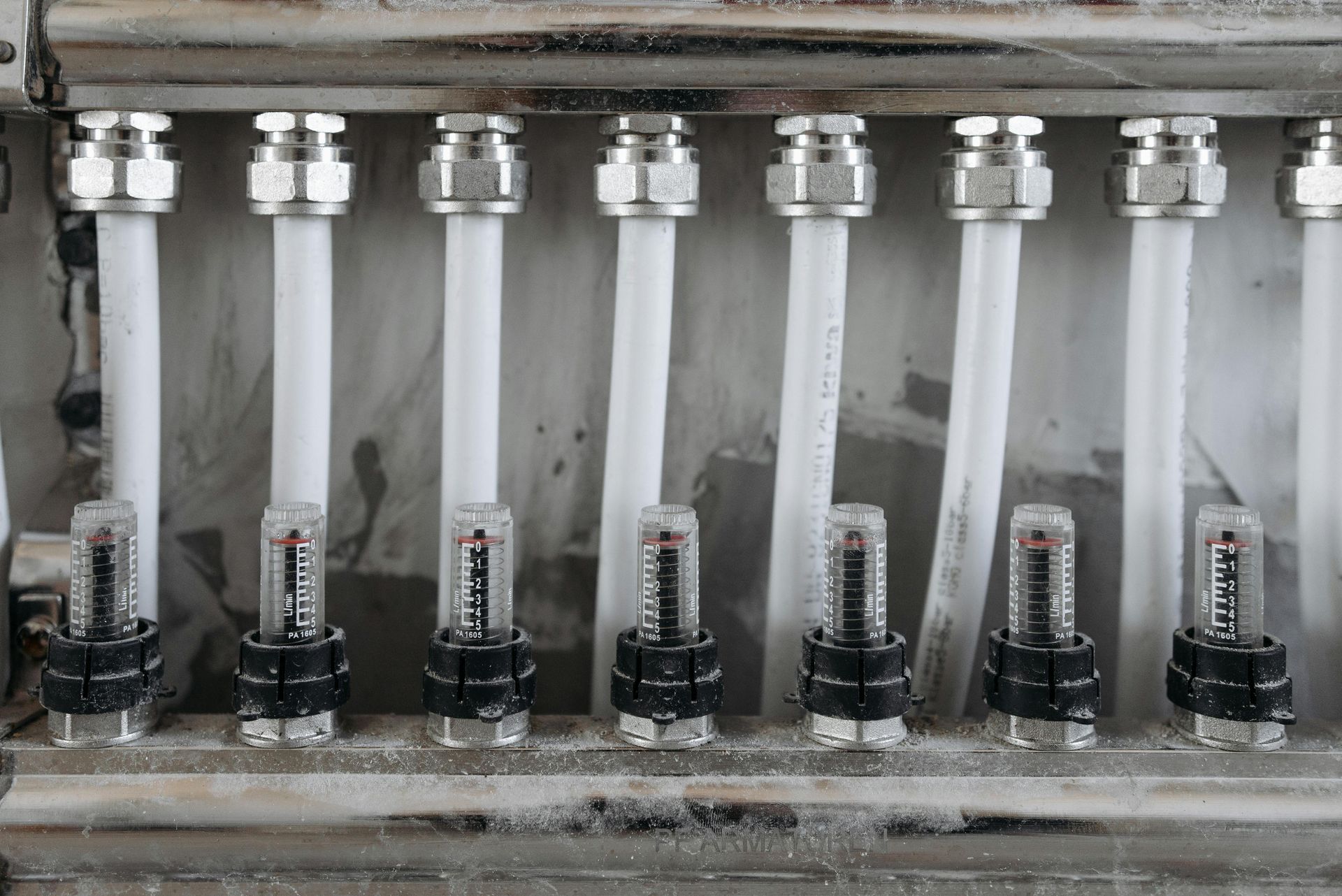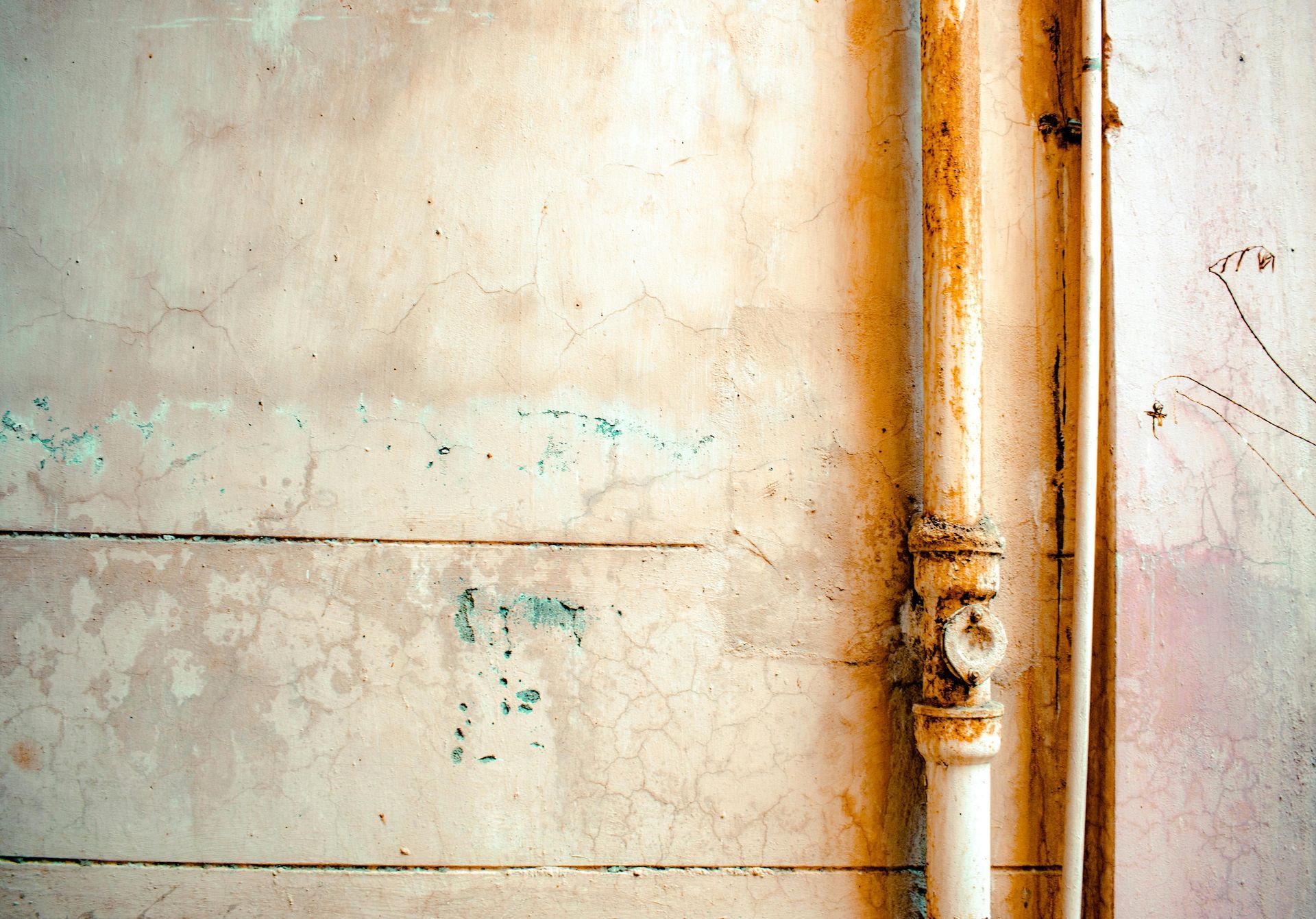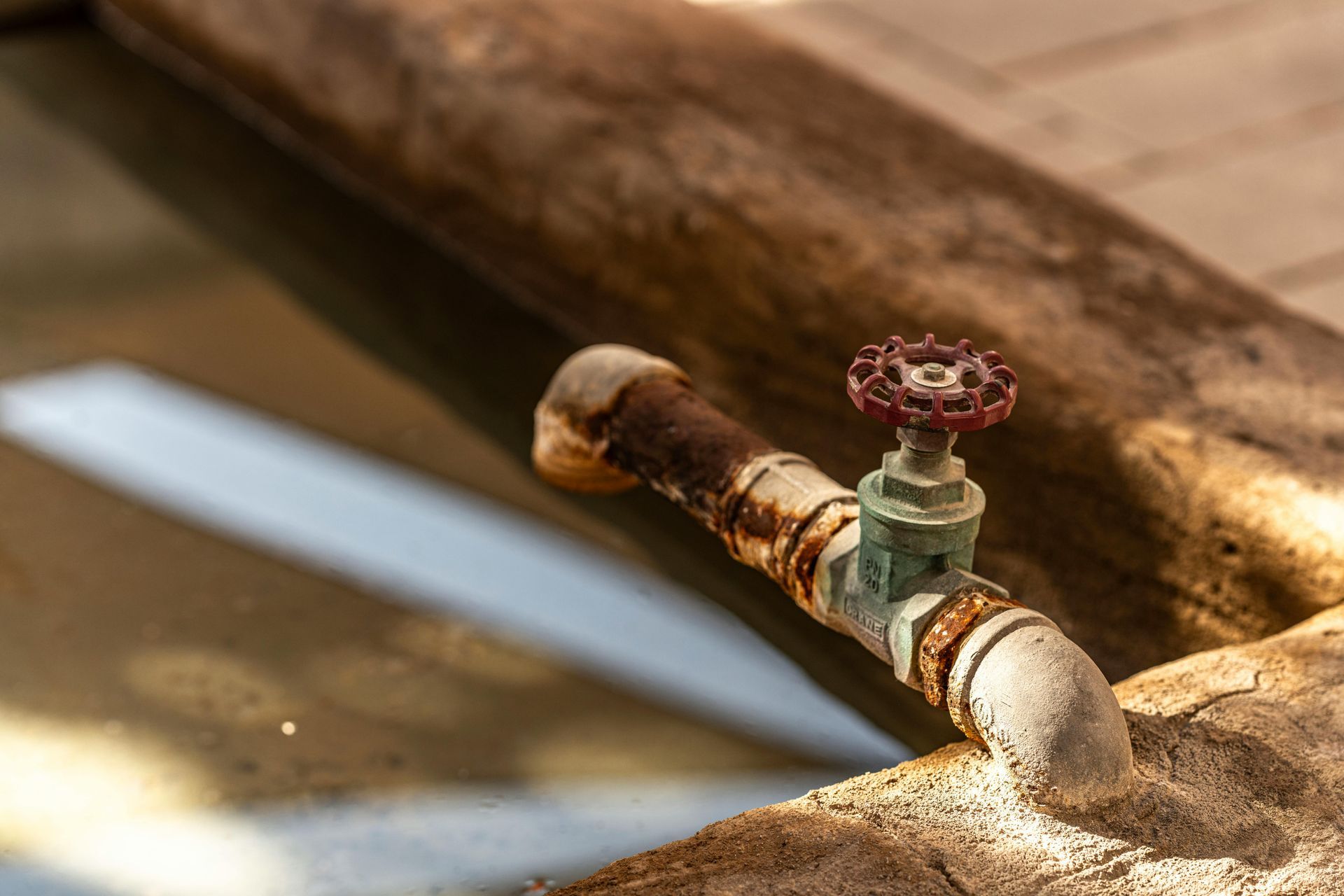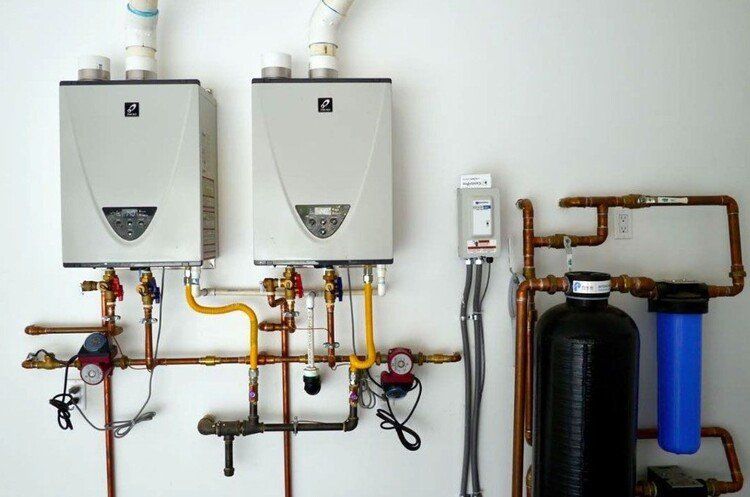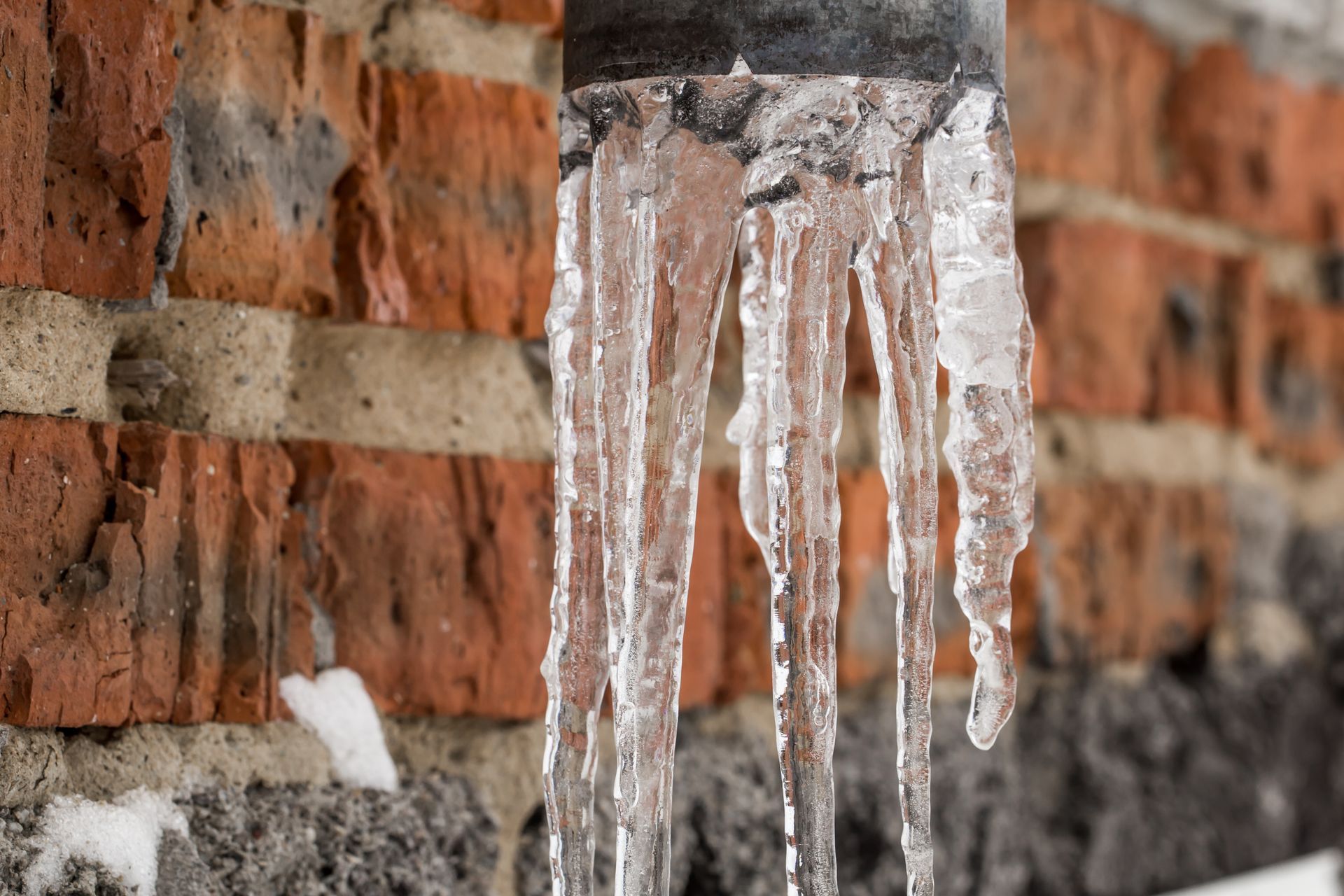How To Properly Deal With A Toilet Paper Clog?
Toilet paper clogs are one of the most common plumbing issues homeowners encounter, yet they can become frustrating if not properly addressed. While it may seem like a minor inconvenience initially, a clog can escalate into overflowing toilets, unpleasant odors, and potential water damage if left unresolved. Understanding how to properly deal with a toilet paper clog not only saves time and stress but also helps maintain a healthy plumbing system. This comprehensive guide dives deep into the causes and solutions for toilet paper clogs, emphasizing when to seek professional help from experts like All City Plumbers. Additionally, we explore related plumbing concerns such as expansion tanks and the importance of timely repair or replacement of a damaged water line to avoid further complications.
Causes of Toilet Paper Clogs and Their Impact
Toilet paper is designed to dissolve in water, but excessive amounts, combined with certain plumbing conditions, can lead to clogs. Using too much toilet paper at once, flushing non-flushable items, or double flushing can overwhelm the drainage system, causing blockages in the toilet trap or further down the sewer lines.
In some cases, older or narrow pipes exacerbate clog formation because their smaller diameter restricts flow. Mineral buildup inside pipes can also reduce flow capacity, making them prone to clogging with even modest amounts of paper.
Ignoring a slow-draining or partially clogged toilet risks overflow during flushing, which can damage floors and walls. Persistent clogs may demand more extensive plumbing work, including repair or replacement of a damaged water line affecting toilet supply or drainage.
Immediate Steps to Address a Toilet Paper Clog
When faced with a toilet paper clog, quick and calm action is essential to prevent worsening the issue. The first step is to avoid flushing the toilet again if the bowl is already slow to drain or overflowing. Repeated flushing can cause water to spill onto floors, increasing cleanup challenges.
Using a high-quality plunger designed specifically for toilets is the most effective initial tool. A flange plunger with an extended rubber lip fits snugly in the toilet drain, ensuring a strong seal and considerable suction power. Applying steady, forceful plunges breaks up the clog and restores flow.
It is important to plunge correctly by sealing the hole and using vertical strokes rather than aggressive horizontal banging, which may damage the porcelain or plumbing connections.
If plunging fails after several attempts, alternatives like plumbing snakes or augers can be employed to reach and break up clogs deeper in the trap or sewer line.
Preventive Measures and Proper Toilet Use
Prevention is preferable to dealing with recurrent clogs. Educating household members on proper toilet use avoids excess paper consumption and disposal of inappropriate items like sanitary products, wipes, or cotton balls.
Using two-ply toilet paper or alternative products designed for plumbing safety reduces the chance of rapidly accumulating blockages. Regular toilet maintenance, like inspecting flush mechanisms and replacing worn parts, improves flushing efficiency to clear waste effectively.
Homeowners should also be aware of the condition of their plumbing system. Signs such as slow draining sinks or multiple clogged fixtures could indicate broader issues. Installation of plumbing components like expansion tanks in water supply systems helps regulate pressure and protect against stress-induced leaks, indirectly supporting drainage health.
When to Call Professionals and Maintenance Tips
Should basic plunging and simple tools fail, or if you notice recurring clogged toilets, foul odors, or water pooling around the base, it’s time to contact professional plumbers. All City Plumbers provide expert clog diagnosis using advanced tools like video pipe inspection cameras to locate blockages precisely.
Their trained technicians offer comprehensive clearing services, including hydro-jetting that scours pipes clean with high-pressure water, effectively removing stubborn buildup. They also handle complex jobs such as repair or replacement of a damaged water line, which can restore proper water flow to your plumbing fixtures.
Regular plumbing inspections by licensed professionals help identify early warning signs and enable scheduled maintenance that minimizes downtime and costly repairs.
Conclusion
Toilet paper clogs are a manageable but critical plumbing issue that demands timely, careful treatment. Using the right tools and plunging techniques, practicing preventative habits, and recognizing when professional help is needed contribute significantly to effective resolution.
Understanding the interconnected nature of plumbing components—such as the role of expansion tanks in managing water pressure and the risks of damaged water lines—emphasizes the importance of a holistic approach to plumbing health.
Partnering with trusted experts like All City Plumbers ensures efficient clog removal, proper maintenance, and plumbing repairs that keep your home’s water systems functioning smoothly and reliably for years to come.

